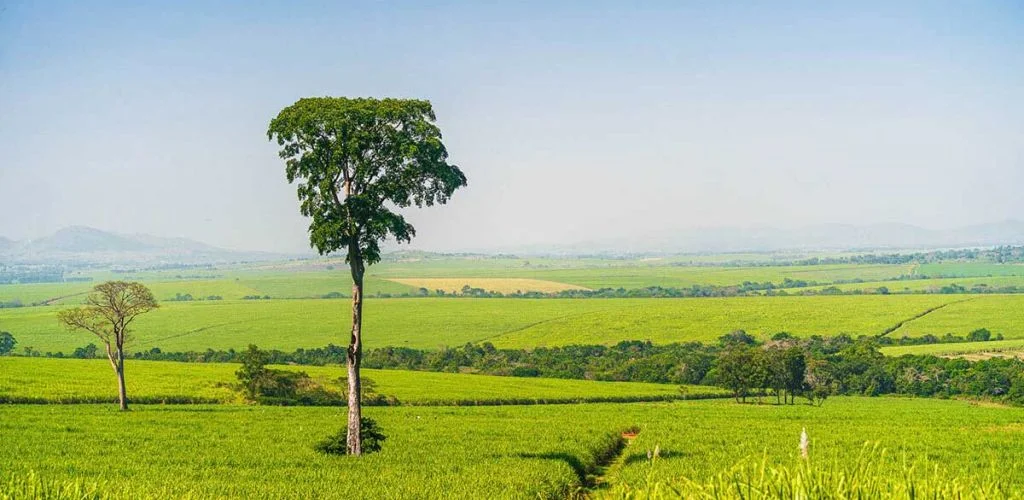Something Shared by Wetlands and Woodwinds: An Amicable Association
Something Shared by Wetlands and Woodwinds __ At the point when one considers wetlands and woodwinds, they could appear completely different. Wetlands inspire pictures of lavish, waterlogged scenes overflowing with untamed life, while woodwinds infer the musical hints of ensembles and groups. In any case, upon closer assessment, these two apparently divergent components share astonishing associations. This article investigates these associations, uncovering the advantageous connections and shared impacts between the normal and melodic universes.
The Quintessence of Wetlands
Wetlands are different biological systems described by soaked soils and standing water. These conditions, which incorporate swamps, marshes, lowlands, and fens, assume basic roles in our planet’s wellbeing. They go about as normal water channels, engrossing toxins and filtering water. Wetlands likewise act as flood controls, relieving the effects of weighty rains and tempest floods. Furthermore, they give environments to endless types of plants, birds, fish, and other natural life, making them biodiversity areas of interest.
The Sorcery of Woodwinds
Woodwind instruments, like woodwinds, clarinets, oboes, and bassoons, are essential to numerous melodic arrangements. These instruments produce sound when air is blown through a mouthpiece, causing vibrations that resound inside a wooden or metal cylinder. The rich, expressive tones of woodwinds add profundity and feeling to music, from traditional ensembles to jazz extemporizations.
Shared Qualities of Wetlands and Woodwinds
Normal Materials
One of the most immediate associations among wetlands and woodwinds is the utilization of normal materials. Numerous woodwind instruments are made from wood, a material that originates from trees frequently tracked down in or close to wetlands. For instance, the African blackwood utilized in clarinets and oboes comes from trees that flourish in damp, wetland areas of Africa. The association between the material source and the last melodic item is a demonstration of the inborn connection between nature and workmanship.
Impact of Nature on Music
Nature has for quite some time been a wellspring of motivation for music, and wetlands are no exception. The hints of wetlands—tthe stirring of reeds, the croaking of frogs, the tunes of birds—hhave roused authors and performers to imitate these regular songs. This impact is apparent in creations like “The Songbird Climbing” by Ralph Vaughan Williams, where the woodwind segments imitate the hints of birds in flight, or “La Mer” by Claude Debussy, which catches the pith of water moving.
Natural Mindfulness
The two wetlands and the development of woodwind instruments feature the significance of ecological protection. Wetlands are powerless against contamination, environmental change, and the human turn of events, and their safeguarding is pivotal for keeping up with biological equilibrium. Also, the economical obtaining of wood for instrument making is imperative to forestall deforestation and guarantee that people in the future can keep on getting a charge out of both the normal magnificence of wetlands and the rich hints of woodwind instruments.
The Job of Wetlands in Music
Natural surroundings for Reed Plants
Reed plants, for example, Arundo donax (monster reed), fill bounteously in wetland regions and are fundamental for making reeds utilized in woodwind instruments. These reeds are collected, dried, and created into mouthpieces that produce the exceptional sounds normal for instruments like the clarinet, saxophone, and oboe. The nature of the reeds can essentially influence the tone and playability of the instrument, making wetlands a significant asset for performers.
Motivation for Writers
Wetlands have a tranquil and intelligent climate that has roused incalculable writers. The peacefulness and regular hints of wetlands offer a rich range for melodic inventiveness. Writers frequently visit these conditions to draw motivation for their works, interpreting the delicate progression of water and the stirring of wetland vegetation into melodic organizations that inspire the quintessence of these scenes.
The convergence of environment and music
Protection Endeavors
The conservation of wetlands isn’t just imperative for ecological reasons; it is also imperative for the continuation of melodic customs. Associations committed to wetland protection frequently team up with artists and instrument producers to bring issues to light about the significance of these environments. For instance, missions to safeguard the territories of reed plants straightforwardly support the development of great reeds for woodwind instruments.
Practical Instrument Making
The instrument business is progressively taking on reasonable practices to limit its natural impression. This incorporates the capable obtaining of wood and reeds, as well as supporting reforestation endeavors. By advancing supportability, the business guarantees that the regular assets fundamental to making woodwind instruments are protected for people in the future.
The Eventual Fate of Wetlands and Woodwinds
Mechanical Advancements
Propels in innovation are likewise overcoming any issues among wetlands and woodwinds. Computerized inspecting and recording strategies permit performers to catch the hints of wetlands and integrate them into their creations. Moreover, advancements in material science are prompting the improvement of engineered reeds and elective materials for woodwind instruments, decreasing dependence on normal assets while keeping up with high sound quality.
Instructive Projects
Instructive projects that feature the association among wetlands and woodwinds assume an urgent role in encouraging ecological stewardship among performers and general society. Studios, field trips, and cooperative tasks among scientists and performers assist with bringing issues to light about the significance of wetlands and rouse new ages to appreciate and safeguard these fundamental biological systems.
End
The association among wetlands and woodwinds is a delightful illustration of how nature and craftsmanship can amicably exist together. From the normal materials utilized in instrument making to the motivation drawn from wetland conditions, the connection between these two universes is both significant and diverse. By perceiving and safeguarding this association, we can guarantee that the two wetlands and the captivating hints of woodwind instruments keep on flourishing, advancing our lives and our planet.



























+ There are no comments
Add yours